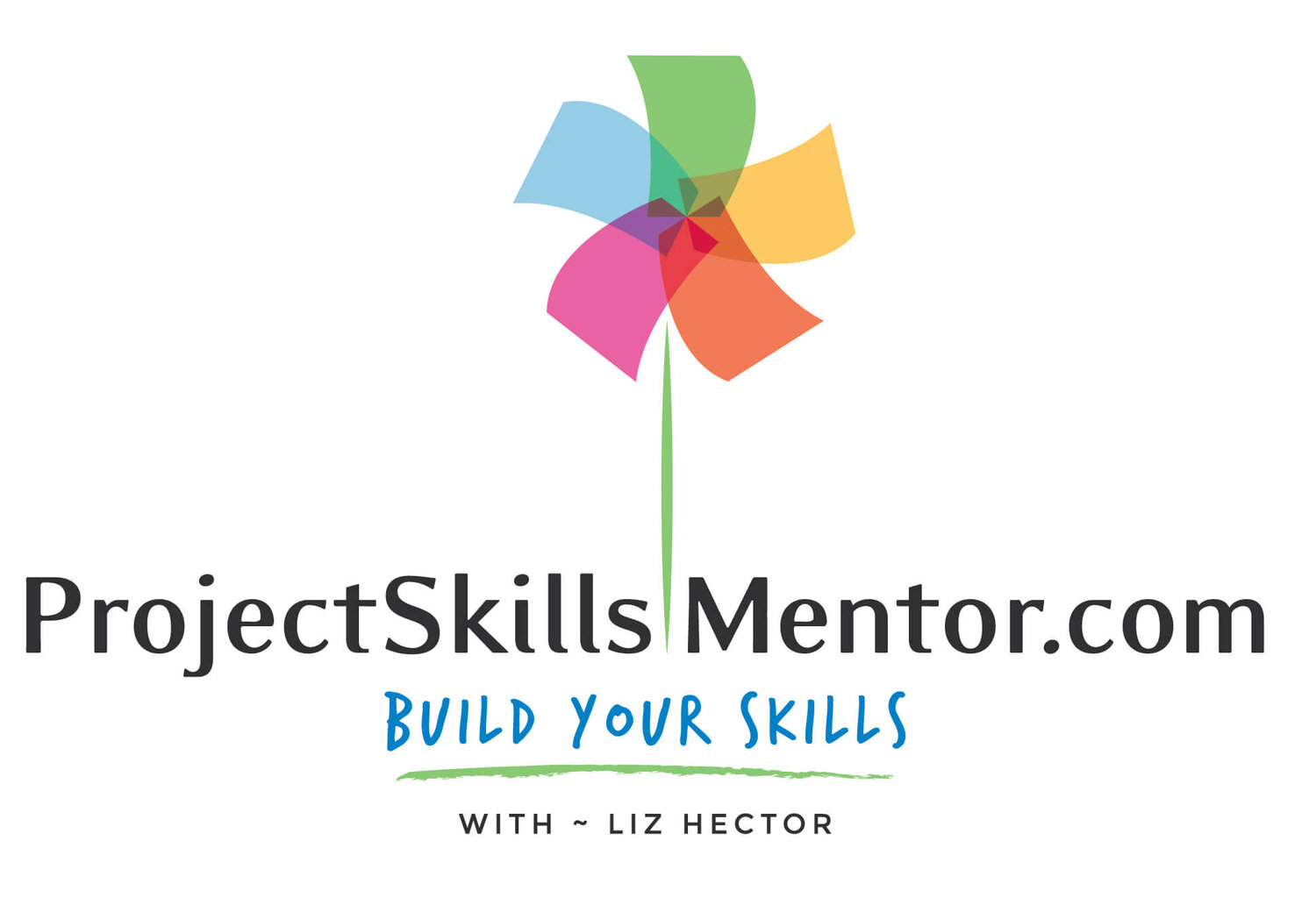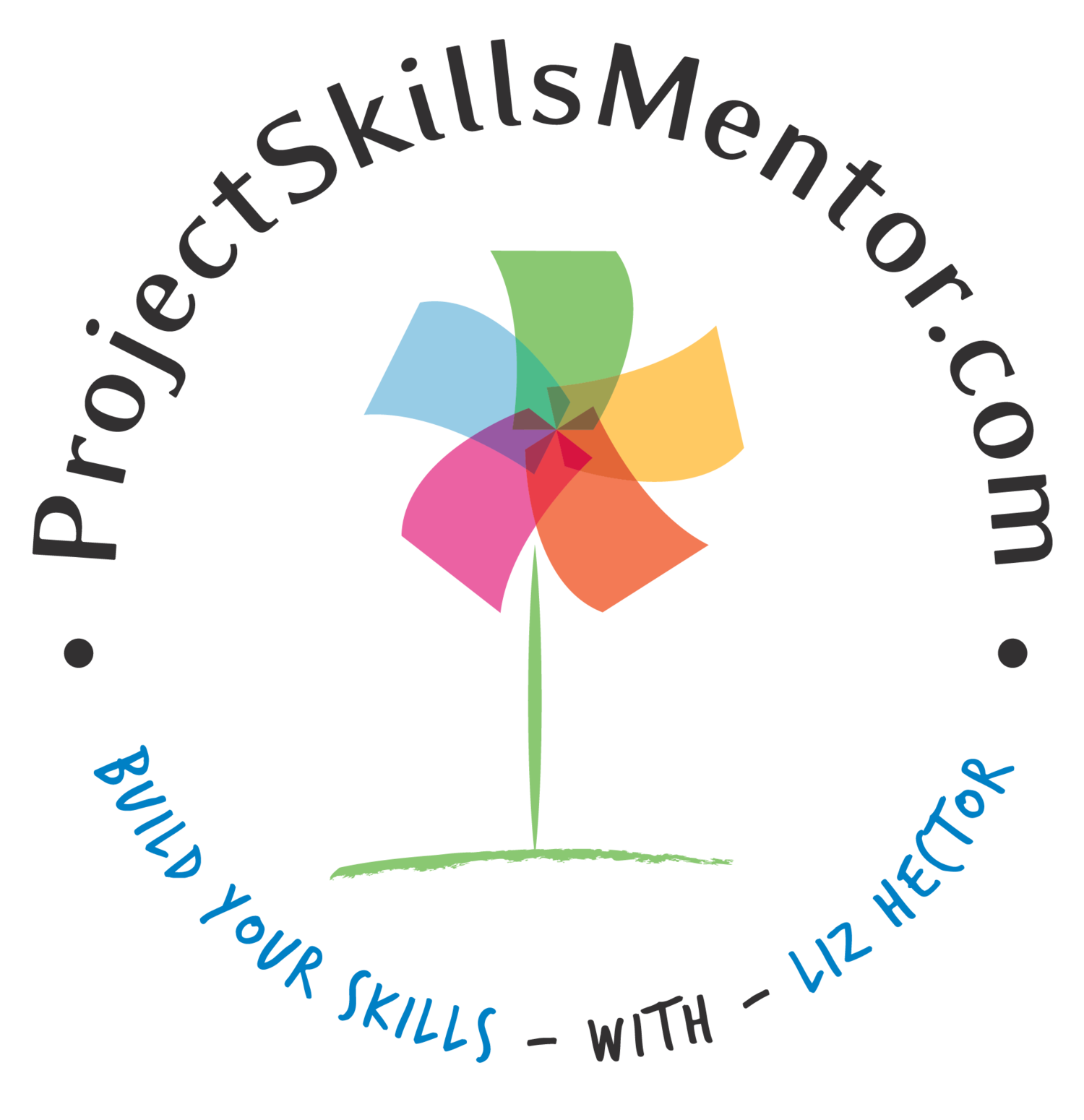Driving Sustainable Change: A Step-by-Step Guide to PCT Stakeholder Management
How to create a change-ready culture through leadership. Creating a Stakeholder Strategy with the Prosci PCT Model.
Prosci PCT Model
Project - create value and benefits
Change - build awareness
Team - user adoption
“Companies with active and visible executive sponsors are 4x more likely to achieve project success. ”
Change doesn't happen because you send an email. It succeeds because people believe in it, act on it, and stick with it. That kind of real adoption starts and ends with effective stakeholder management.
This article builds on the foundational blog, Stakeholder Change Strategy: Where Success Begins. In that article, I focused on stakeholder alignment using a Stakeholder Framework and Readiness Map. These two models help managers to understand stakeholders and align expectations for the change initiative.
As promised, here is the next stage. A step-by-step plan focused on:
Detailed Stakeholder Mapping
Engagement Planning
CommunicationTactics
Measuring Real-world Success
Once the basics are reviewed, we will conduct a deeper dive into the Prosci PCT model, a best practice in change management.
Using my Stakeholder Strategy template, along with this article, you'll gain the foundation for building a strategy that turns stakeholder alignment into sustained adoption and project momentum.
An Overview of Stakeholder Strategy Execution
There are four key points to remember when creating your unique stakeholder strategy and execution plan. Let me summarize them before we dive into the details.
Know Who's Who
Understanding who your stakeholders are is the first step. What follows is making the change tangible and sustainable for them. That's where the Prosci PCT Model comes in.
"Without a structured process, change management becomes reactive. And reactive change usually fails." — Gijs Abrahams, Organizational Change Expert.
Effective change management begins with understanding who is at the table — and who is not. Detailed stakeholder mapping goes beyond a basic list of names. It involves identifying key players, assessing their influence and power, and understanding their attitudes toward the proposed change. Whether you're dealing with executive sponsors, cross-functional managers, or frontline contributors, mapping helps you visualize the full ecosystem of people who can accelerate — or obstruct — your initiative.
By segmenting stakeholders into categories such as "Manage Closely" or "Keep Informed" and utilizing roles like Catalysts, Operators, or Blockers, you gain clarity on where to focus your energy and how to avoid potential blind spots. This clarity becomes your foundation for deeper engagement and effective decision-making.
Engagement Planning
Once your stakeholders are mapped, the real work begins — developing an engagement plan that turns awareness into alignment. Engagement planning involves tailoring your approach to match the individual or group's power, interest, and readiness for change. A one-size-fits-all communication won't move the needle.
Some stakeholders may require one-on-one meetings to establish trust, while others may prefer data-driven updates via dashboards. The goal is to design touchpoints that feel relevant, build buy-in, and create momentum. Engagement isn't just about informing people — it's about enlisting them as agents of change.
Communication Tactics
Strategic communication is the fuel that powers your stakeholder plan. It's not enough to send updates — you must create messaging that resonates, inspires action and evolves. Effective communication tactics include selecting the right channels (e.g., email, all-hands meetings, town halls), crafting audience-specific messages, and utilizing visuals to make complex changes more digestible.
Timing is also critical. Share too early without clarity, and you sow confusion; share too late, and you breed resistance. Use your stakeholder map to schedule communications based on milestones, risks, and the emotional impact of each stakeholder. Remember: great change communication is a dialogue, not a broadcast.
Measuring Real-World Success
Your stakeholder strategy is only as good as the outcomes it delivers. That's why you must define clear success metrics tied to both engagement and impact. Are key stakeholders participating in decision-making? Have resistance levels dropped over time? Is feedback being incorporated?
Measurement should be baked into your engagement plan. Utilize stakeholder sentiment surveys to gauge participation rates and measure adoption metrics. Tools like the Prosci PCT Model emphasize evaluating people-side effectiveness in conjunction with project outcomes. When you measure well, you can adapt quickly and prove the value of stakeholder-led change.
Stakeholder Strategy using the PCT Model
Keys to your Stakeholder Change Strategy: PCT = Project + Change + Team (+Data Dashboard)
Successful change doesn't happen by chance — it happens by design. That's why the Prosci PCT Model (Project, Change, Team) places stakeholders at the heart of effective transformation. In this model, project outcomes depend not only on what the project delivers but also on how well people adopt and use those changes. Stakeholders influence every part of that equation. They define the vision, clear roadblocks, and ultimately drive adoption on the ground.
To bring the PCT Model to life, we must move from generic communication to targeted engagement — from passive lists to dynamic stakeholder strategies. The following sections walk you through four essential components that directly support the model: Detailed Stakeholder Mapping (to strengthen the "Project" and "Team" elements), Engagement Planning (to reinforce commitment), Communication Tactics (to manage the people side of change), and Measuring Real-World Success via a DashBoard (to assess overall effectiveness).
When your stakeholder strategy aligns with the PCT pillars, you unlock greater resilience, faster adoption, and measurable results.
What is the Prosci PCT Model? The Prosci PCT (Project Change Triangle) Model defines successful change as a balance of three key components:
Leadership/Sponsorship
Project Management
Change Management
“Change success = Leadership + Project + Change. It’s a triangle: remove one, the whole thing collapses. ”
Step-by-Step Execution Using the PCT Model
Define the Change Clearly
Build on your stakeholder alignment brief to define. Make this communication specific, motivational, and repeatable. Utilize the insights gained from stakeholder interviews and mapping to craft targeted messages.
What exactly is changing?
Why does it matter now?
What does success look like?
“Projects with excellent change management are six times more likely to meet or exceed objectives. ”
Assess Organizational Readiness
Conduct a PCT Baseline Assessment by evaluating the following. See my Stakeholder Strategy Template for more on how to create this baseline.
Executive sponsorship support
Project team capacity
Organizational change maturity
Build the Change Management Plan Using ADKAR
The ADKAR Model focuses on individual transformation. Learn more about this model to connect change to adoption. Tie each phase to your stakeholder strategy. Customize how you build desire or reinforce behavior depending on the audience's role and influence.
Awareness – Communicate the goal
Desire – Make it personally relevant
Knowledge – Provide training and resources
Ability – Enable people to apply lessons learned
Reinforcement – Reward and recognize adoption
Activate and Coach Sponsors
Your key stakeholders now need to step into active sponsor roles. Equip them to:
Host kickoff events
Tell personal stories
Be visible and vocal at major milestones
“Only 29% of employees believe their leaders handle change well.”
Align the Change Plan with Project Delivery
Sync the project roadmap with the change plan. This ensures your "go-live" is more than just a technical success.
Launch training alongside technical deployment
Embed readiness checks into project milestones
Use joint dashboards to track people and process readiness
Monitor Progress with a Dashboard
You cannot address it if you cannot see it. Dashboards make the change real. Once you know where you are, you can adjust the path to success. A simple Excel or dashboard tool can bring visibility and allow you to act fast when metrics dip.
Awareness levels by stakeholder segment
Completion rates of key training modules
Sponsor engagement frequency
Resistance trends and feedback
Reinforce and Sustain change
Go-live of any change is just the beginning. You need to embed the change and make it part of your day-to-day operations. PCT focuses on these three processes to ensure sustainable advocacy and adoption in the business.
Celebrate wins
Capture lessons learned
Re-measure engagement and readiness
“You don’t finish change. You sustain it. ”
Summary: From Alignment to Adoption
Let's recap how this builds on our Stakeholder Change Strategy:
Define change as part of an integrated plan
Create a Stakeholder Strategy Plan
Turn your Stakeholders into Sponsors
Monitor metrics to adjust as needed
Reinforce and recognize long-term adoption
In this two-part series, we explored how real change takes root, not through rigid plans or top-down directives but through intentional stakeholder engagement guided by structure, strategy, and clarity.
The path to change is rarely a straight line. But with a well-defined stakeholder strategy, you're not just managing change. You're leading it. Now, you have both the mindset and the tools to guide your projects with confidence.



